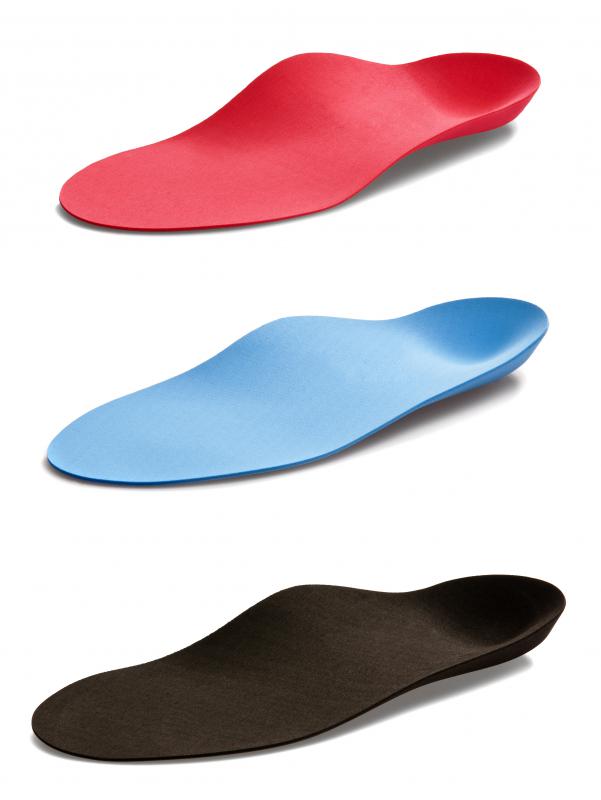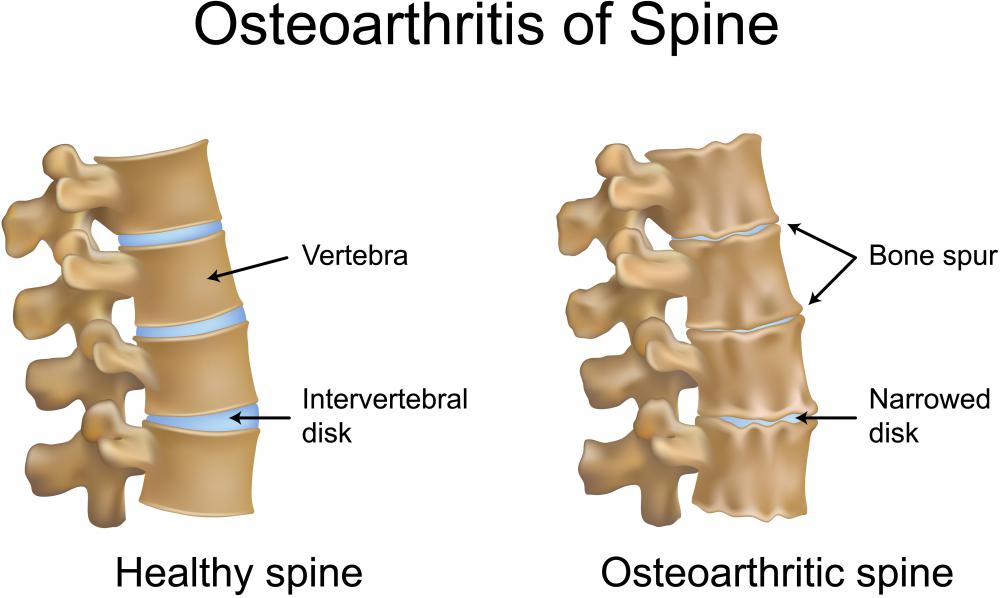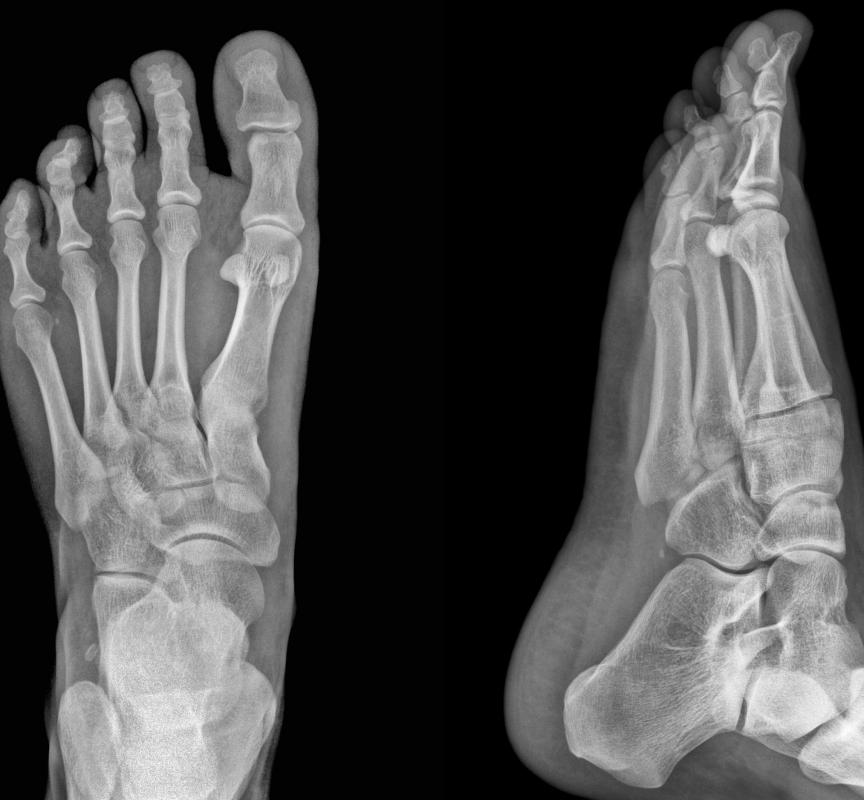At WiseGEEK, we're committed to delivering accurate, trustworthy information. Our expert-authored content is rigorously fact-checked and sourced from credible authorities. Discover how we uphold the highest standards in providing you with reliable knowledge.
How do I Treat a Bone Spur?
A bone spur, also known as a osteophyte, is a bony growth projecting from a bone. The growths can be minimal or extend into surrounding tissues. Generally, a spur may occur as the body attempts to restore damaged bones by creating extra bone fragments on existing bones. Most of these growths form in joints, but they can appear at any bone location. There are many possible ways to treat a bone spur.
Osteoarthritis is a degenerative condition of the joints and is one of the most common causes of bone spurs. It is a type of arthritis which occurs when cartilage in the joints begin to break down. The condition will generally worsen over time. As the cartilage continues to diminish, the bones will eventually begin to rub against each other. Extra tiny pieces of bones, or spurs, may form to compensate for the damaged ones due to this condition.

The treatment for a bone spur will commonly depend on its cause. If osteoarthritis is the reason for the spur, treatment will generally be aimed toward the condition causing it. Anti-inflammatory medications and cortisone injections may be given to alleviate symptoms such as pain and swelling. Individuals treating bone spurs with medication will generally do so under the supervision of a doctor. The doctor may have the patient come back periodically to check the effectiveness of the medicine.

Excessive pressure on the bones can also lead to bone spurs. For instance, many people develop a bone spur on the heel. When found in this location, the bony growth is known as a heel spur. This type of spur may form from the pressure of wearing extremely tight shoes. Bone spurs in this location may be treated by wearing better fitting foot wear and using an orthotic or shoe inserts to support the heel.

Sometimes, spurs form in response to continual stress on the bones. This may happen due to general wear and tear, from being overweight or due to strenuous physical activity. Under these common circumstances, a bone spur may be treated by exercising. This may be done prior to activity or as part of a daily regime. Frequent exercising can more evenly distribute weight in the body, which can lessen overall stress on the bones.

In some cases, bone spur surgery may be necessary for treatment. This will generally mean making an incision to remove the extra growths. Usually, surgery may be necessary if the individual has particularly large bone spurs protruding into surrounding areas. It may also be done in an individual with smaller spurs if he or she is symptomatic to the point that the daily quality of life is affected. Typically, physical therapy may be prescribed as a follow up to surgery to rebuild strength in the affected joints.
AS FEATURED ON:
AS FEATURED ON:
















Discussion Comments
@stoneMason-- Well, orthopedic shoes and insoles may not be enough. Other treatments like pain relievers and even surgery may be necessary.
Bone spurs are usually very small growths but the amount and pain an discomfort they can cause is unbelievable. Many people have steroid injections done or use pain relievers or anti-inflammatory medication.
I guess a heel spur is the easiest to treat. Will orthopedic shoes and insoles relieve symptoms completely? My husband has a heel bone spur that gives him discomfort when standing and walking.
I'm not an expert but I think that bone spur surgery is usually the last option for most people. Doctors also will want to try other treatments first and may recommend surgery if only those treatments don't work. And of course, depending on where the bone spur is located, surgery might or might not be a good idea. It's more difficult to work on some areas and joints than others.
On the other hand, some people are very happy that they had the surgery. Because if the surgery is successful, the pain and stiffness may be eliminated altogether. My grandmother had a bone spur surgery for the hip and she was very happy with the results.
This is really a decision that the patient and doctor have to make together comparing the risks and benefits of surgery.
Post your comments